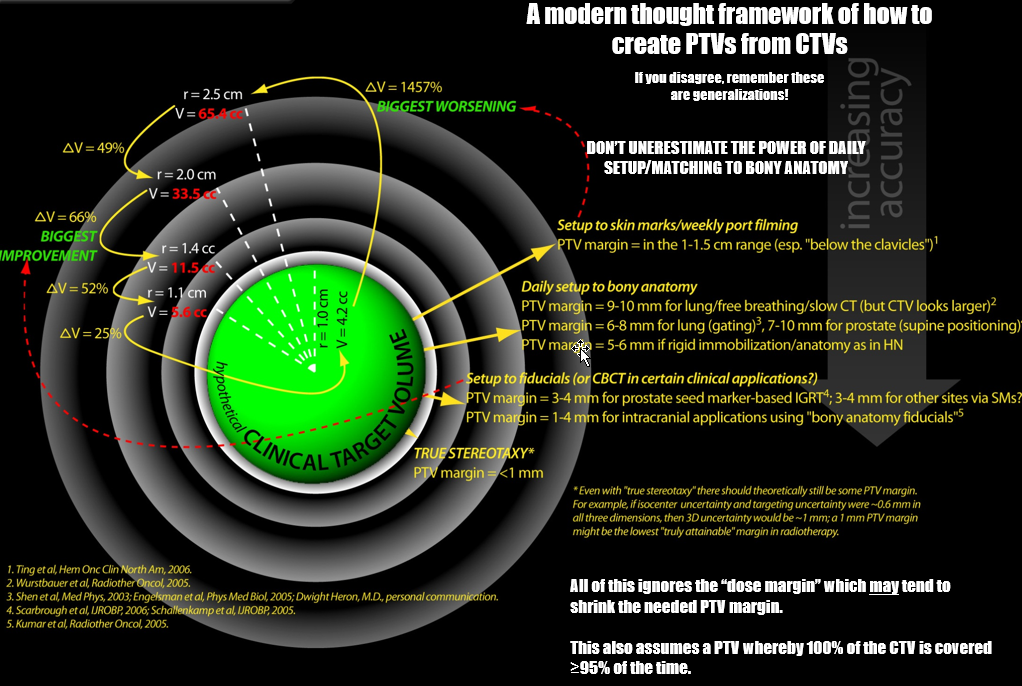- Joined
- Apr 16, 2004
- Messages
- 4,660
- Reaction score
- 5,075
I'm curious to what your experience has been with this in the community. For brain mets 1.5 cm and less not near critical structures, I always treat single fraction. Usually 18-20 Gy x1 Rx to the 70-90% IDL. The only time I fractionate is if the size is > 1.5 cm or if it is near critical structure.
I understand in the community you sometimes have to compromise based on your hardware availability (e.g. no single fraction SRS if you have 1 cm MLCs). However, I've seen people with state of the art accelerators (e.g. TrueBeam/VersaHD) who treat 5-6 Gy x 5 or 8-9 Gy x 3. These are for unresected brain mets not resection cavity s/p surgery.
Less BED = inferior LC rates. The cynic in me says they do it for money, but curious what others think.
I understand in the community you sometimes have to compromise based on your hardware availability (e.g. no single fraction SRS if you have 1 cm MLCs). However, I've seen people with state of the art accelerators (e.g. TrueBeam/VersaHD) who treat 5-6 Gy x 5 or 8-9 Gy x 3. These are for unresected brain mets not resection cavity s/p surgery.
Less BED = inferior LC rates. The cynic in me says they do it for money, but curious what others think.


